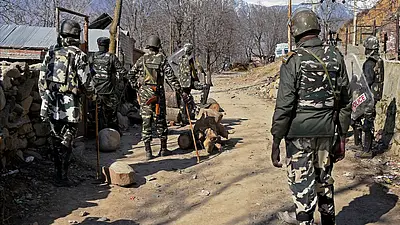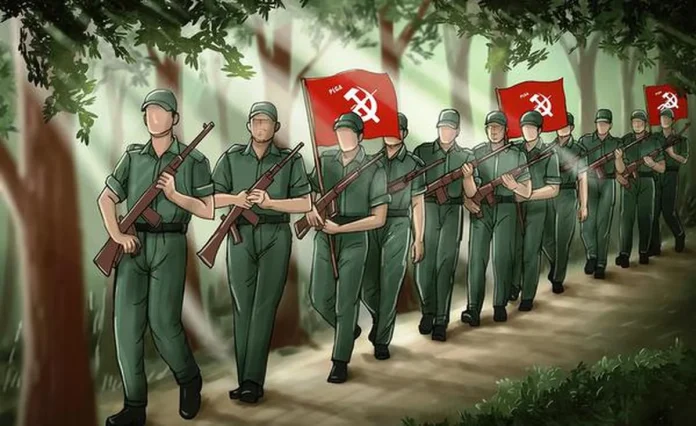- Apart from the other internal security issues confronting the law enforcement agencies, the Naxal menace has bogged the nation for decades despite the government agencies leaving no stone unturned to curb the same through concerted efforts. In doing so, thousands of lives have been lost from both sides – the Naxalites/Maoists as well as security forces – rendering the whole misadventure as an unfortunate occurrence without an immediate end in sight. Thankfully, in the last few years, the security apparatus has been successful in neutralizing the Naxalite-infested areas with decisive actions. Many have surrendered by laying down their long-held arms, so many have been inducted into the mainstream, but a few are still doggedly fighting the establishment.

PC: Times of India
- The cause itself has run its course, and it’s time both sides agreed to stop the bloodshed for good. The security forces are having the upper hand in neutralizing the waning Naxal power with scores of eliminations in recent times. Thus, killing top Maoists like Basavaraju will be one such success that will hobble extremism, but what could be even more decisive move to completely end the Naxal movement is to ensure prosperity. Undoubtedly, the killing of top Maoist leader Basavaraju in Chhattisgarh recently is a morale booster for security forces and leaves Naxals on the back foot. Basavaraju is the highest-ranking Naxal neutralized in over three decades of operations. He was allegedly the mastermind of the April 2010 Dantewada ambush in which 75 personnel were killed.

PC: Reddit
- Also, the 2013 Jhiram Ghati massacre, in which most of Chhattisgarh Congress’s top leadership was wiped out. Since 2017-18, he had led CPI(Maoist) as its general secretary and carried a Rs. 1cr bounty on his head. His elimination means a giant stride towards ridding the country of Naxalism by March 31 next year. The fact that the recent operation that saw 26 Maoists killed was carried out close on the heels of the 21-day Operation Black Forest that resulted in the arrest of 54 Naxals and the surrender of 84 others shows the increasing momentum of the government’s assault on the last strongholds of Naxals. The total number of Naxal-affected districts has reduced to 18 across seven states, from 38 in nine states earlier. That’s some progress, you see.

PC: Deccan Herald
- Almost 90% of Naxal violence is now concentrated in six districts across four states. Naxal or Left Wing Extremist (LWE) violence has been considered India’s biggest internal security challenge, even bigger than Kashmir. Naxalism had blocked investments and held up development, perpetuating the backwardness of these regions. Now, as the threat abates, the government must fast-track development to ensure Maoists find no takers for their violent ideology. Notably, Naxalism’s retreat has coincided with India’s rapid economic growth. While guns will silence old ideologues, only prosperity will shut down the nursery of violence. Here, the government authorities should ensure that economic prosperity also reaches these backward areas forthwith.






